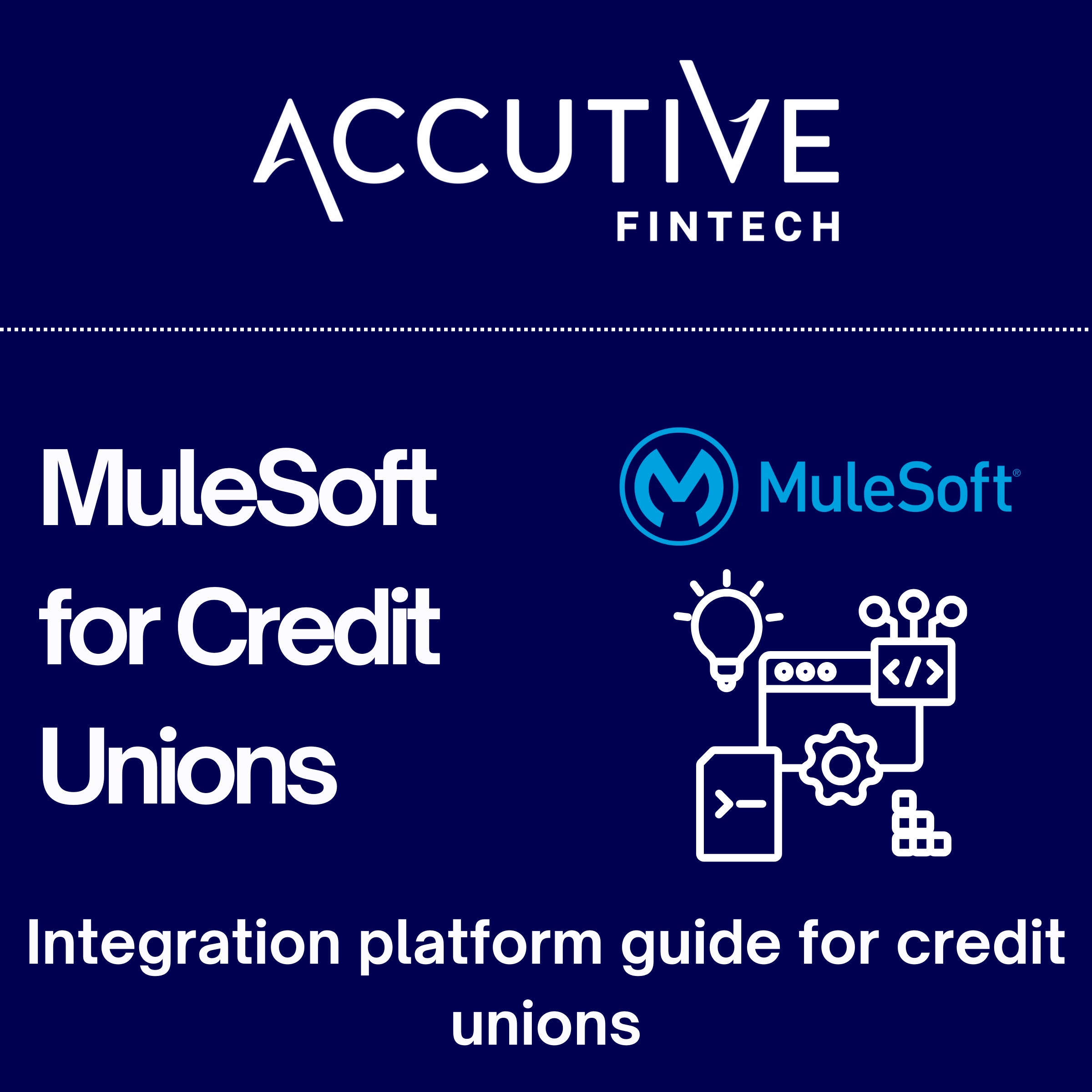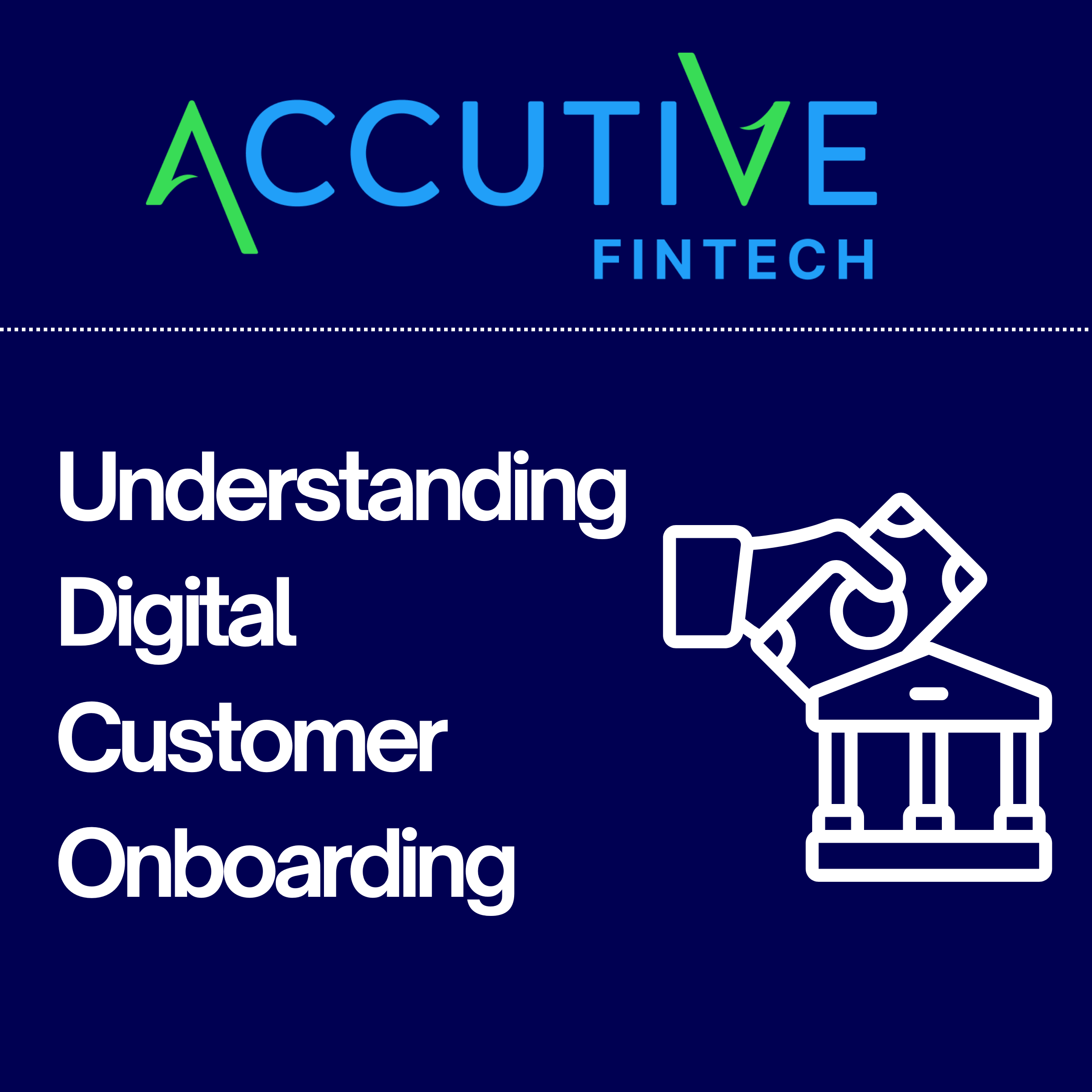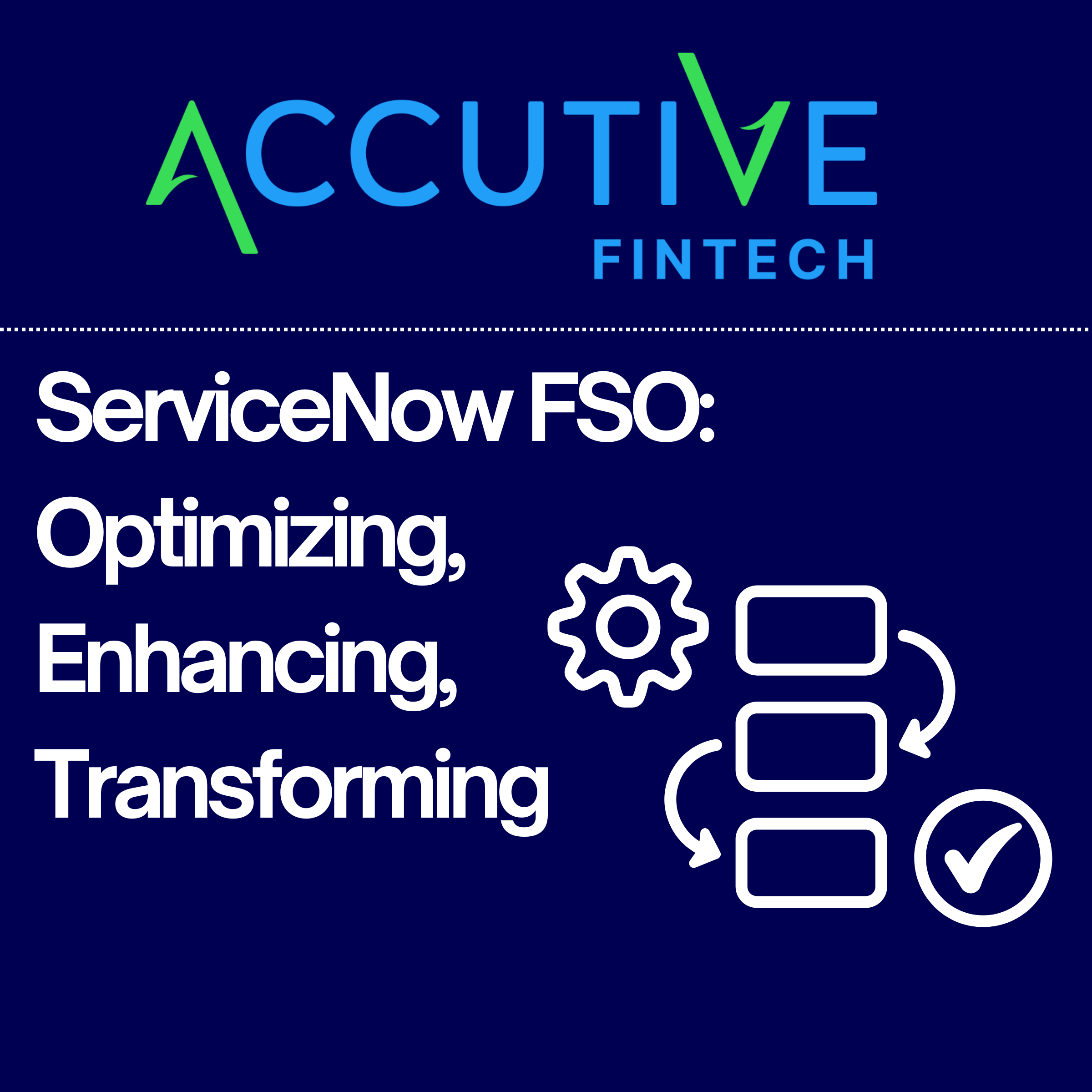Ongoing pressure to compete drives some companies to launch drastic technology transformations, but radical change is often exactly the wrong approach. While completely transforming your operations with digital tools may seem increasingly urgent, an incremental approach is more likely to succeed.
Sustainable digital transformations often mean gradually working toward your ideal state by recognizing opportunities to digitize specific processes within your core operation, instead of launching a massive, disruptive overhaul on your entire organization all at once. Also, as you execute each of the smaller projects you have an opportunity to reassess assumptions, refine evaluation metrics, and determine where and how business models should shift to optimize your competitive position.
Discovery-Driven Planning (DDP), a product innovation process developed more than three decades ago, offers a low-cost methodology for successful digital transformation. Particularly for large, established organizations, DDP’s incremental approach offers significant advantages over the typical start-up’s “go for broke” model.
Small Steps to Make Big Strides
Digital technologies have radically shifted the boundaries between companies and markets. Supplier selection, price negotiation, resource access, payments and more – functions previously streamlined within large organization – are digital and efficiently outsourced, enabling smaller firms to use evolving structures where leaders revisit assumptions and rapidly pivot to improve results. Meanwhile, larger, entrenched companies, particularly those using traditional market access structures like distributors, face significant barriers to change and limited short-term ROI gains from digital technologies.
Traditional companies, with their large employee base, management hierarchies, and shareholders, face constraints from their need to produce value and expected returns. Yet, these risks are not an insurmountable barrier to digital transformation and the need to compete in the digital economy is not going away.
Yes, entrenched organizations cannot adjust their tech on the fly, but they do have resources required to explore innovative ideas, experiment with transforming various functions, and build strategies around emerging opportunities. Institutional knowledge, a robust understanding of customer needs, and deep data from years of transactions are the key to digital transformation success focused on improving the customer experience while delivering more value for all stakeholders.
While start-ups use their technical experts to build businesses around new technical functionality, entrenched industry leaders can leverage years of knowledge to assess the full scope of customer needs and preferences. Large companies can deploy DDP and leverage their core competencies, customer data, and insider expertise built an effective digital strategy focused on optimizing customer engagement and value.
Backing Into Success
Using DDP to structure incremental digital transformation requires some reverse engineering. With a focus on upgrading the way you sell or deliver your existing products or services, DDP targets creating and delivering value with new digital capabilities. Essential considerations for applying DDP to your digital strategy include:
Defining Operational Essentials
First find what is and isn’t working in your current operations. Do certain functions require regular workarounds? These are targets for rapid improvement through digitization. Examining how these functions fit into your overall operations provides insight on how to redesign core business flow to maximize digitization’s positive impact with better, faster, and more efficient processes.
Leaders must be willing to examine assumptions about existing resources and how partners and customers are engaged. Challenging traditional thinking empowers the organization to reimagine each part of their business flow.
Targeting Challenges & Defining Results
Instead of focusing on a specific, technology-driven capability, digital transformation strategy should start with a focus on how to best use data and technology to create new value for clients. Then, you can use DDP to translate challenges into clear goals and expected results.
Traditional ROI assessment often falls short for measuring short term digital transformation impacts because ROI cannot capture value added for customer experience. Calculating digital transformation value requires identifying metrics associated resolving specific challenges by clearly identifying the problem, describing what the solution should achieve, and defining a way to measure progress.
As the project progresses, test and refine the underlying assumptions and evaluate resources needed to capture insights and develop better solutions. In the end, the underlying data facilitates calculating ROI for the overall transformation initiative. For example, targeted technology investments should enable the company to accomplish more with fewer people. To calculate, divide revenue by the number of employees.
Recognizing Challengers
Industry disrupters and drastic changes to regular commerce hobble old competitors and rapidly advance new challengers. Evolving market dynamics demand shifting perspectives on who your competitors are today and who they might be a year from now. Instead of a relatively stable market of similar organizations with rival products or services, your company’s competitive field has expanded to a broad range of players focused on meeting specific customer needs.
This new competitive perspective may require reassessing whether the results and success metrics defined in the first two steps reflect the field on which you’re now playing. Are you losing ground to new players just joining the field? What are they doing to build an advantage with the target audience?
Preparing to Stumble and Keep Going
The DDP’s assumption checkpoint table enables rapid assumption testing and adjustments because learning from mistakes and correcting course is critical to digital transformation success. The assumption checkpoint table records project milestones paired with associated assumptions to be tested for each. Adopting a test-and-learn model empowers an organization to take calculated risks, adjust trajectory, and deliver a successful digital transformation.
Getting Across the Finish Line
Launching a huge, expensive digital transformation based on industry pressure is a high-risk, disruptive approach that may lead to nowhere. Digital strategy is complex and demands new perspectives and a fresh approach.
Leveraging a discovery-driven process empowers you to get around digital transformation barriers and starting small enables spending a little on many targeted experiments while you accumulate critical data and engage early adopters. Once the critical knowledge and support resources are in place, you can move quickly and show a clear impact on key performance indicators. Also, limited successful digitization projects fuel larger organizational transformation as more of the organization gets comfortable with new processes and streamlined functions, and customer engagement improvements produce positive results.
Entrenched organizations can leverage their existing customer base, resources, data stores, and talent pools to get ahead in the design-driven planning for digital transformation process.
Your Digital Transformation Resource
We’re here to support every step of your digital exploration. Accutive’s expert technology consultants, powered by our innovative vendors and partners, provide the expertise, resources, and knowledge to keep your digital transformation moving forward.









